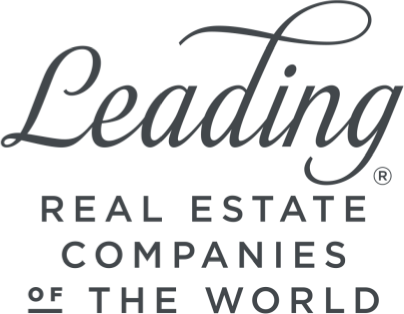Somerville
Originally part of the village of Charlestown, Somerville was settled in 1629 by Puritans from nearby Salem. It was principally a farming community and played a prominent role during the Revolutionary War due primarily to its close proximity to Boston, its network of roads leading from Boston through Cambridge westward to Lexington and Concord, and its high promontories, most notably Prospect Hill which provided a much coveted panoramic view over the Charles River and Boston Harbor.
After the Revolution Somerville grew slowly. It broke from Charlestown in 1842 and became a city in 1872. Throughout the 1800’s it steadily shifted from farming to commerce with brick-making and machine manufacturing it’s major industries. With the advent of the railroad, Somerville’s ideal location just north of Boston established it as a major transportation hub as rail lines criss-crossed the city. Economic growth continued into the early 20th Century when Ford Motor Company built a large auto assembly plant along the banks of the Mystic River.
After World War II Somerville went into steady decline. Automobiles replaced trains and the city’s extensive rail lines soon dissappeared. Ford closed it’s motor plant as residents left for the suburbs. But Somerville’s decline was short-lived. By the late 20th century rail service returned as the MBTA extended its Red Line from Harvard Square through the city. It was followed by the Orange Line and now, most recently the Green Line which combined provides Somerville residents with a rich array rapid transit options.
Even more impressive is an entire new city of apartments, condominiums, hotels, theaters, retail, restaurants, and corporate offices recently built on the grounds of the old Ford assembly plant and which has been appropriately named, Assembly Row. The city’s close proximity to Cambridge’s Kendall Square has also made it an emerging player in cutting-edge life sciences research and development.
Lacking a traditional downtown, Somerville is nonetheless comprised of a number of lively commercial squares many of which echo it’s artistic, intellectual, and somewhat boheminin neighbor next door, Cambridge. While large Victorian homes can be found in some parts of Someville, most notably around Davis Square, Somerville’s housing stock is comprised mostly modest single and multi-family homes and apartments while new luxury high-rise buildings in Assembly Row and Union Square rapidly diversifying Somerville’s housing options.
Sorry we are experiencing system issues. Please try again.










